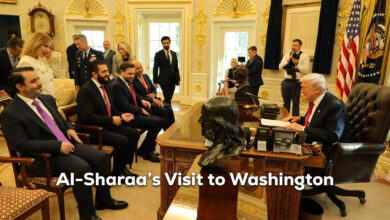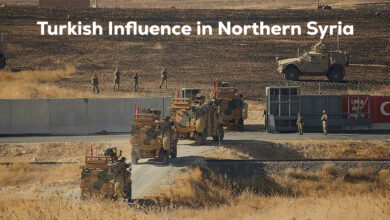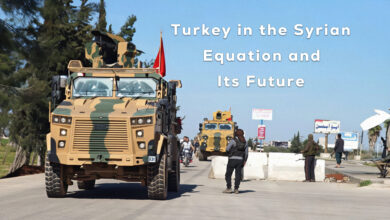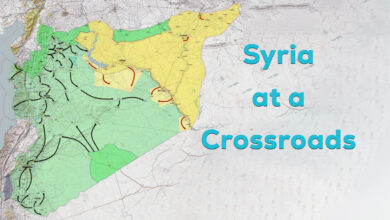Iran’s nuclear and Ukraine’s crisis
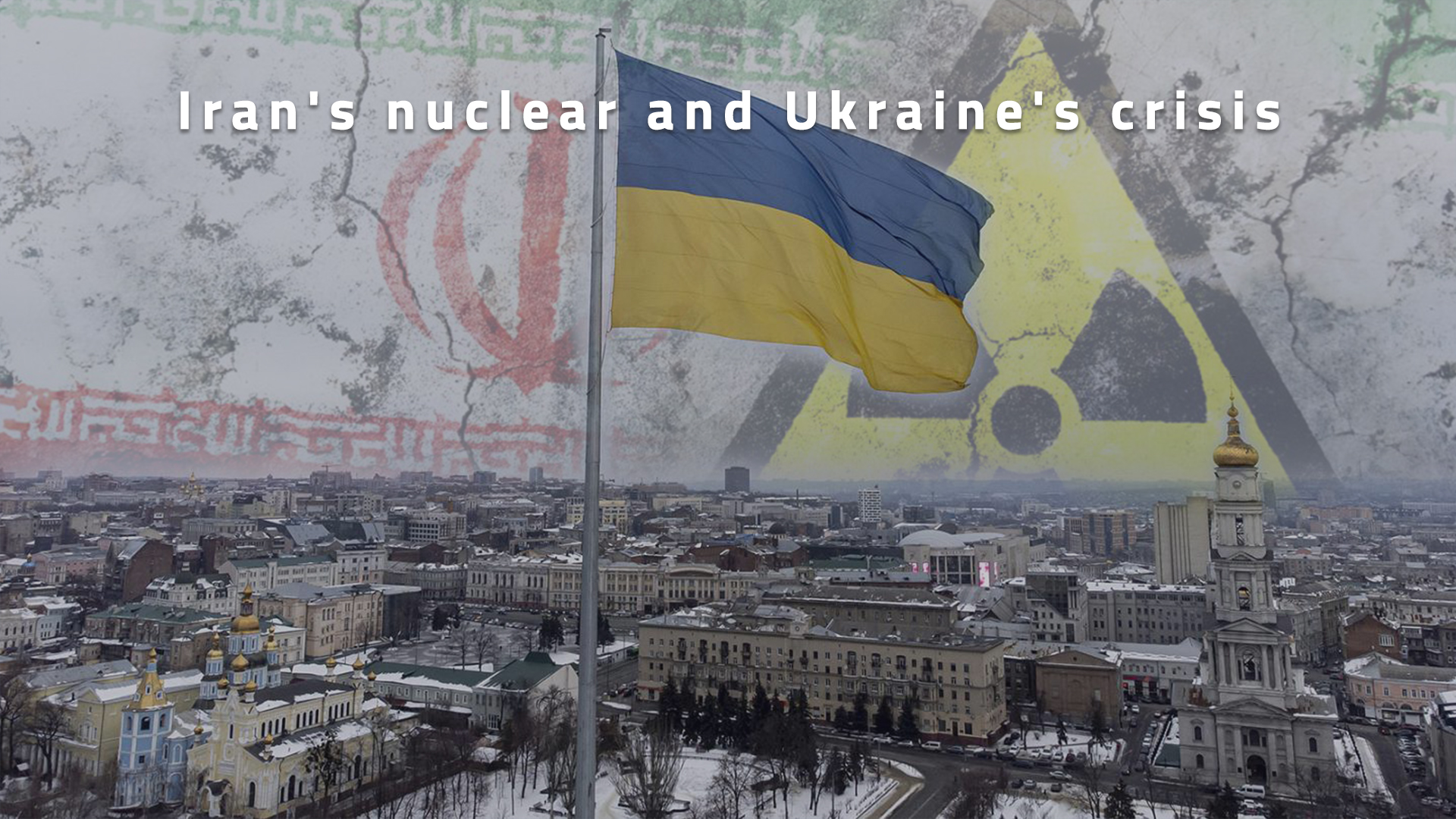
The Ukrainian crisis was reflected on the interactions of the international powers in a number of complex files including the Iranian nuclear, where the US administration, headed by Joe Biden, found in this a cautious opportunity to return to Iran nuclear deal framework after the withdrawal of former US President Donald Trump from it in 2018, imposing maximum pressure on Tehran.
The statements of American, European and even Iranian officials reveal that an agreement is imminently reached regarding reviving the nuclear deal signed between Iran and world powers, which imposes restrictions on the Iranian nuclear program in return for lifting the sanctions imposed on its economy.
By reviewing the positions of the parties concerned with the Iran nuclear deal, it becomes clear that the US has a new approach to deal with the course of the Vienna talks by accelerating the agreement to prevent Iran from obtaining a nuclear weapon, closing this issue and its repercussions on the region, and focusing on the strategy of competition among the great powers.
The Biden administration is also keen, in the event of a return to the nuclear deal with Iran, to achieve political gains at home before the midterm elections of the Congress, in addition to the American and European need for the return of Iranian oil and gas to the global markets to alleviate the crisis, especially with Joe Biden’s announcement to ban Russian oil imports to the US, and also the EU’s attempt to reduce and then stop dependence on Russian energy supplies.
On the other hand, Russia suffers from Western isolation and strict economic sanctions due to its intervention in Ukraine. It tried to make the Iranian nuclear deal a subject of bargaining with the West by demanding written guarantees exempting it from sanctions related to its military intervention in Ukraine. This confirms the extent of Russia’s need for Iran, in the present time, if the nuclear deal is revived and the sanctions are lifted. But in the face of the American rejection of these demands and the hint of finding alternatives that would exclude them from this agreement, Moscow retreated to open the way to the agreement.
In turn, Tehran wants to achieve the greatest possible benefit from the West’s need for its oil and gas, so it requires the removal of the Islamic Revolutionary Guard Corps (IRGC) from the US terrorist lists in exchange for a return to the nuclear deal in a move that could impede the progress of the Vienna talks. This demand, which is outside the framework of the nuclear deal, also increases internal and external pressures on President Joe Biden, which is a symbolic step given that this military institution, the IRGC, and most of its leaders were already under various US sanctions.
On the other hand, the UAE and Saudi Arabia’s rejection of the US President’s request to increase oil production in global markets to put pressure on Russia came as a pressure step on Washington to modify its position on Iran’s nuclear program and to reconsider its position towards the war in Yemen.
As for Israel, it is one of the most prominent opponents of the Iranian nuclear deal and its revival, especially if this coincides with Washington’s approval of Tehran’s request to remove the name of the IRGC from the US list of foreign terrorist organizations.
Besides, in the event that the revival of the nuclear deal fails or Iran’s interests in the region are threatened, Tehran’s suspension its talks with Saudi Arabia and targeting Erbil for allegedly striking the Israeli headquarters there, came as a message directed to Washington’s allies in the region. While Iraqi and Turkish officials who spoke to Reuters confirmed that the main motive for this was a plan to pump gas to Turkey and Europe with the participation of Israel.
It seems that the purpose of the previous meetings in Amman and Cairo, and most recently the Negev summit, which brought together the US, Israel and the normalized countries with it, was to form a regional front, pressure and united to confront Iran’s activities in the region and reshape it, as well as to send messages to Washington to be more tough on Tehran regarding the nuclear deal and its regional project.
Finally, opportunities for reviving the nuclear deal face challenges represented by the course of the Ukrainian crisis and the positions of US allies in the Middle East, which see reviving the Iranian nuclear deal and removing the IRGC from the US terrorist lists a restriction of Tehran’s nuclear capabilities in return for freeing its hand in the region unchecked.
In order to avoid any obstacles in the path of reviving the deal and lifting sanctions, and in an attempt to break the link between the nuclear deal and the IRGC, Tehran suggested signing the latter in a side agreement separate from the nuclear deal.
It seems that the visit of the US Secretary of State to Tel Aviv and other endeavors come within the framework of turning corners to reassure Israel and its Arab allies that Washington, despite its diplomacy with Tehran, is continuing to confront any Iranian threat.
